Identifying Roofing Problems During a Home Inspection
A roof is one of the most critical components of a home. It protects us from the elements, keeps us warm and dry, and adds structural integrity to the building. However, just like any other part of a house, a roof can develop problems over time. It is essential to identify these issues during a home inspection and address them promptly to avoid costly repairs or structural damage in the future.
Understanding the Importance of Roof Inspections
When it comes to maintaining our homes, the roof can often get overlooked. Many homeowners simply assume that if there are no visible signs of damage, everything must be fine. However, even a minor issue with the roof can lead to significant consequences if left unattended.
Regular roof inspections are crucial to prevent potential problems from escalating. They allow you to catch any issues early on, saving you time, money, and headaches down the line.
But what exactly happens during the roof portion of a home inspection? Let's take a closer look.
The Role of a Home Inspector
During a home inspection, a qualified inspector will thoroughly assess the condition of your roof. They will look for signs of damage, potential risks, and recommend any necessary repairs or maintenance. Home inspectors possess the expertise and knowledge required to spot even the most minor roofing problems.
When inspecting your roof, the inspector will carefully examine the shingles or other roofing materials for any signs of wear and tear. They will also check for loose or missing shingles, as well as any signs of leaks or water damage. In addition, the inspector will inspect the gutters, downspouts, and flashing to ensure they are in good condition and properly installed.
Furthermore, the inspector will evaluate the overall structural integrity of the roof, checking for any sagging or signs of stress. They will also inspect the attic for proper insulation and ventilation, as these factors play a crucial role in maintaining the longevity of your roof.
By conducting a thorough roof inspection, the home inspector can provide you with a comprehensive report detailing the current condition of your roof and any recommended repairs or maintenance.
Potential Risks of Neglecting Roof Inspections
Neglecting roof inspections can lead to several risks. First and foremost, a compromised roof can result in water leaks, leading to mold growth and damage to the interior of your home. The longer these leaks go unnoticed, the more extensive the damage can become, potentially requiring costly repairs.
Additionally, worn-out or damaged roofs may not withstand severe weather conditions, such as strong winds or heavy rain, increasing the likelihood of significant damage. A small issue that could have been easily fixed during a routine inspection can quickly escalate into a major problem during a storm.
Moreover, a damaged roof can compromise the energy efficiency of your home, resulting in higher utility bills. When your roof is not in good condition, it can allow air to escape or enter your home, making it harder to maintain a comfortable temperature. This can put a strain on your HVAC system and increase your energy consumption.
By addressing these issues promptly through regular roof inspections, you can protect your investment and ensure a safe and comfortable living environment for you and your family.
So, don't overlook the importance of the roof as part of your home inspection.
Key Indicators of Roofing Problems
Identifying roofing problems requires a keen eye for detail. Below are some common indicators that may suggest issues with your roof:
Signs of Water Damage
Water stains on your ceiling or walls, damp spots, or visible water leakage inside your home are clear signs of a roof problem. These signs should never be ignored, as water damage can quickly escalate and cause significant structural issues.
Water damage can manifest in various ways. It may appear as discolored patches on your ceiling or walls, indicating that water is seeping through the roof and into your home. You may also notice damp spots or a musty odor, which can be a result of water accumulation in hidden areas.
When left unaddressed, water damage can lead to the growth of mold and mildew, compromising the air quality in your home. Additionally, prolonged exposure to water can weaken the structural integrity of your roof, potentially causing it to collapse.
Shingle Wear and Tear
If your asphalt shingles are cracked, curled, missing, or have granule loss, it is a clear indication that they need attention. Shingle wear and tear can expose the underlying roof structure to the elements, leading to leaks and further damage.
Cracked or curled shingles are often a result of aging or improper installation. Over time, exposure to the sun's UV rays and harsh weather conditions can cause shingles to become brittle and prone to damage. Missing shingles, on the other hand, create gaps in your roof, leaving it vulnerable to water infiltration.
Granule loss, which is the shedding of the protective granules on the shingles' surface, can also be a sign of shingle deterioration. These granules help to shield the shingles from UV rays and provide fire resistance. When they start to wear off, the shingles become more susceptible to damage.
Structural Issues and Sagging
If you notice any structural issues, such as sagging or dipping areas on your roof, it is crucial to have it inspected immediately. Sagging may indicate structural damage, compromised roof decking, or a buildup of moisture, all of which require prompt attention.
Sagging can occur due to various reasons, including excessive weight on the roof, inadequate support, or water damage. It is essential to address sagging promptly as it can lead to further structural damage and compromise the safety of your home.
In addition to sagging, you may also notice dips or depressions on your roof's surface. These can be indicative of underlying issues such as rotting or weakened roof decking. Ignoring these signs can result in more extensive damage and costly repairs.
By paying attention to these key indicators, you can identify potential roofing problems early on and take the necessary steps to address them. Regular roof inspections and maintenance can help prolong the lifespan of your roof and protect your home from water damage and structural issues.
Different Types of Roofing Materials and Their Common Problems
Roofs come in various materials, each with its own unique set of advantages and potential problems. Here are some commonly used roofing materials and their typical issues:
Asphalt Shingles
Asphalt shingles are popular due to their affordability and ease of installation. They are made from a combination of asphalt, fiberglass, and mineral granules. These shingles are available in a variety of colors and styles, making them a versatile choice for many homeowners.
However, like any roofing material, asphalt shingles can be susceptible to issues such as cracking, curling, or granule loss, especially as they age. Exposure to extreme weather conditions, such as hot summers or freezing winters, can accelerate these problems. Additionally, poor installation or inadequate ventilation can contribute to the premature deterioration of asphalt shingles.
Metal Roofs
Metal roofs are highly durable and long-lasting. They are typically made from materials such as steel, aluminum, or copper. Metal roofs offer excellent protection against fire, wind, and hail, making them a popular choice for homeowners in areas prone to severe weather conditions.
However, metal roofs can develop problems such as rust, loose fittings, or damage from strong winds or falling debris. Over time, exposure to moisture and the elements can cause metal roofs to corrode or develop leaks. Regular maintenance, such as inspecting and repairing any loose or damaged panels, is essential to ensure the longevity of a metal roof.
Tile and Slate Roofs
Tile and slate roofs are known for their beauty and longevity. They add a touch of elegance to any home and are often associated with Mediterranean or Spanish-style architecture. These roofs are typically made from materials such as clay, concrete, or natural slate.
However, tile and slate roofs can be prone to cracking or chipping, especially if they are exposed to heavy impact or extreme temperature fluctuations. Individual tiles may require periodic replacement to maintain the integrity of the roof. Additionally, the weight of tile and slate roofs can be a concern, as they may require additional structural support to ensure the safety of the building.
It is important to note that proper installation and regular maintenance are crucial for all types of roofing materials. Regular inspections, cleaning of debris, and prompt repairs can help prevent or minimize potential problems, ensuring the longevity and performance of the roof.
The Inspection Process: What to Expect
During the roof portion of your home inspection, you can expect the following steps to be taken:
Initial Visual Assessment
The inspector will start by visually inspecting the roof from various angles and distances. They will look for any visible signs of damage, such as missing or damaged shingles, moss or algae growth, or sagging areas. This includes a view from the top of the roof (unless it’s a metal roof, in which case this is not generally recommended). If any potential issues are identified during the visual assessment, a more detailed inspection will be conducted. This may include a closer examination of the roofing materials, flashing, gutters, and the roof's overall structure.
Post-Inspection Report
Following the inspection, the inspector will provide you with a detailed report outlining their findings. The report may include photographs, explanations of the identified problems, and recommended actions. This report will help you make informed decisions about necessary repairs or maintenance.
In conclusion, identifying roofing problems during a home inspection is crucial for maintaining your home's integrity and avoiding costly repairs. Regular inspections by a qualified home inspector can help catch any potential issues early on, ensuring the longevity and performance of your roof. Remember, a well-maintained roof not only protects your investment but also provides peace of mind for you and your family.
Got questions about home inspections, roofs, and anything in between? Feel free to contact us.
If you liked this post, you may also enjoy:



